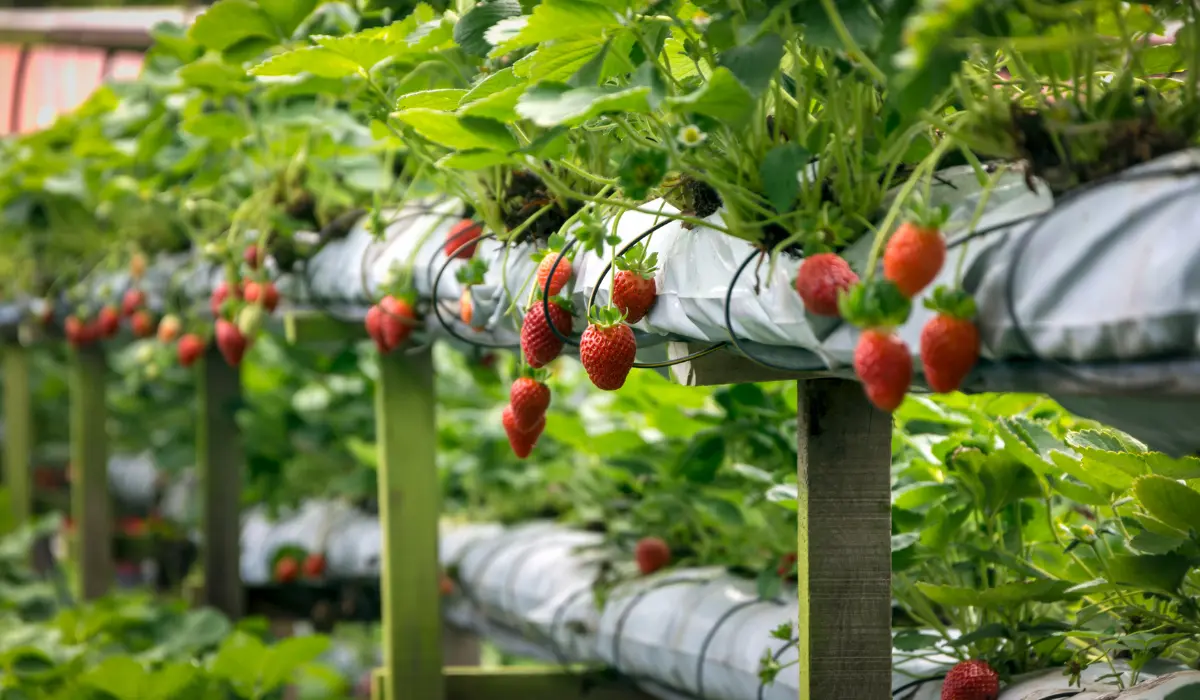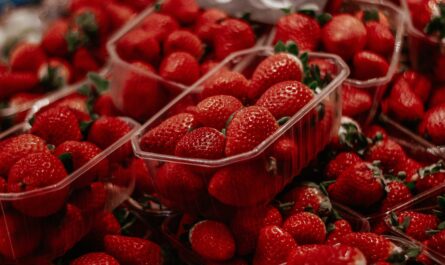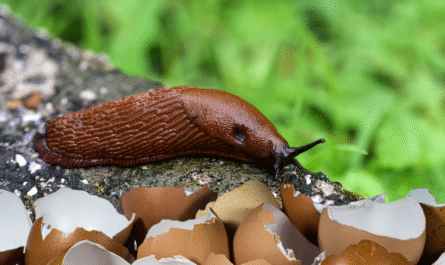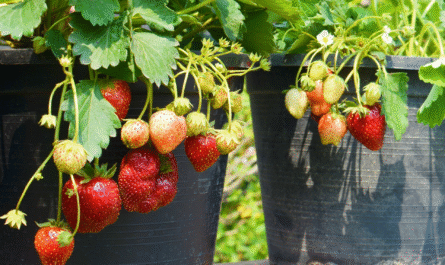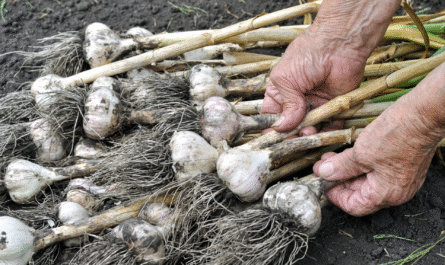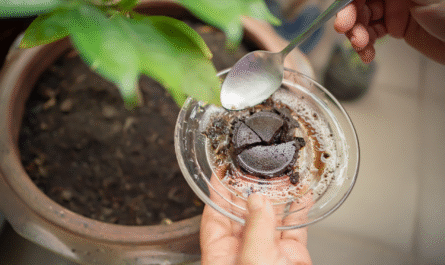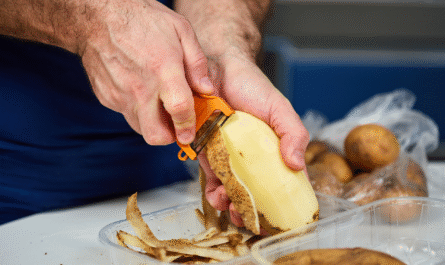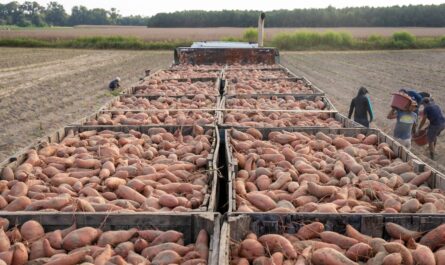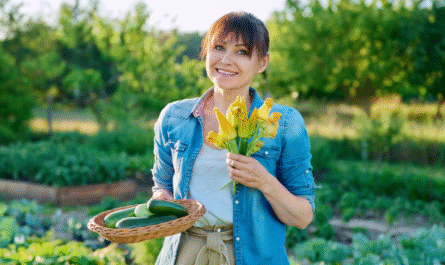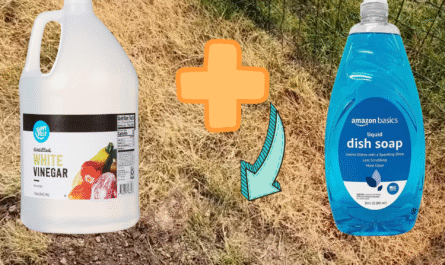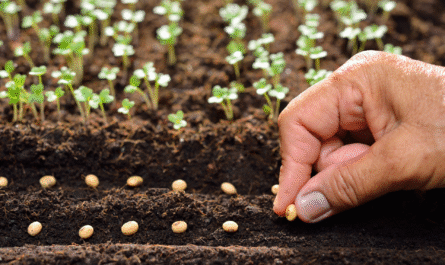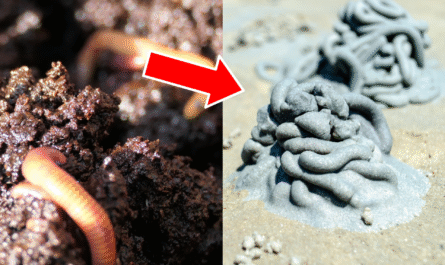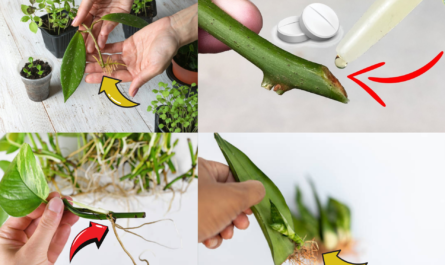One of the biggest lessons I’ve learned as a gardener is that not all crops are created equal when it comes to productivity. Some plants give you one big harvest, and then they’re done for the season.
Others, though, keep giving, almost as if they reward your care with wave after wave of food. When I first discovered which fruits and vegetables I could harvest multiple times a year, it completely changed how I planned and worked my garden.
Growing these kinds of crops has allowed me to stretch my harvests, save money, and enjoy a steady supply of fresh food rather than waiting months between plantings. It’s not just about convenience, either, it’s about building a resilient garden that provides abundance over time.
If you’ve ever wanted to get more out of your space, these are the crops I recommend, based on years of trial, error, and hands-on success.
1. Leafy Greens
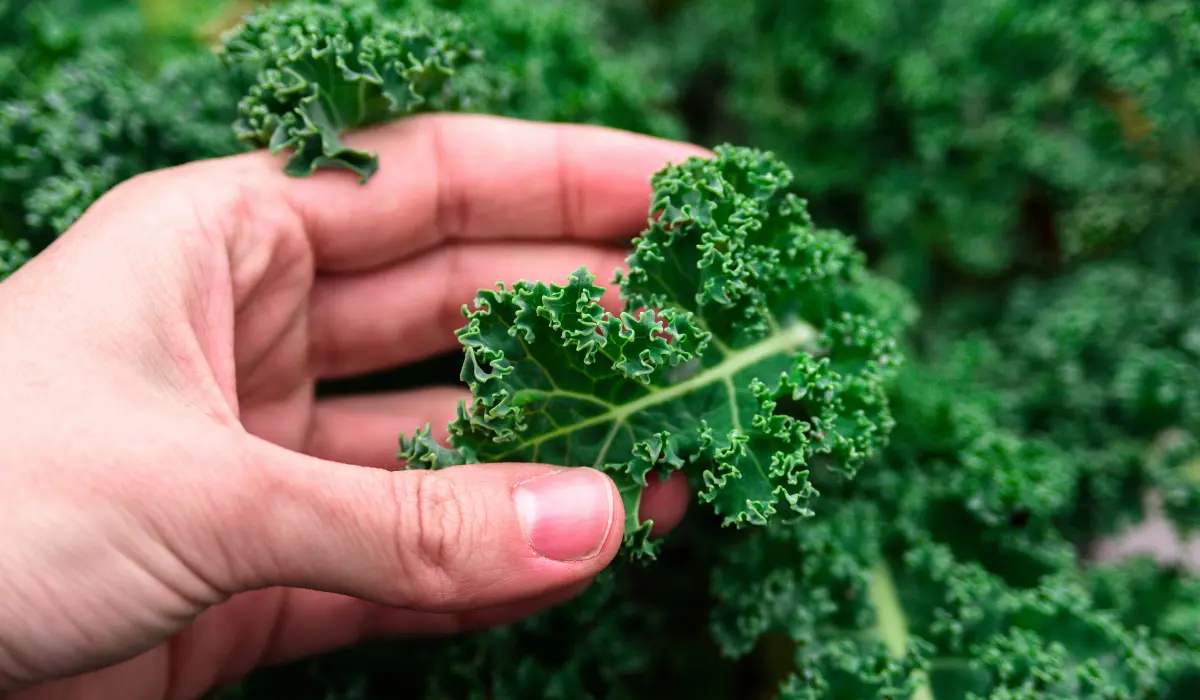
Leafy greens are the cornerstone of my “cut-and-come-again” approach to gardening. Rather than pulling up the whole plant, I harvest the outer leaves and let the inner leaves continue to grow. This method works especially well for spinach, kale, and lettuce.
With regular picking, I often enjoy multiple flushes of greens from the same plants for weeks on end. It’s amazing how quickly they regenerate when you don’t strip them bare.
These crops are also adaptable across seasons. Kale, for instance, thrives in cooler weather and can even survive a light frost, while lettuce and spinach do well in spring and fall.
By staggering my sowings every couple of weeks, I make sure I always have a fresh patch coming up. This rolling cycle of planting and harvesting creates a steady supply instead of a single glut of leaves I can’t possibly eat all at once.
Soil health makes a huge difference here. Because leafy greens are relatively shallow-rooted, they respond quickly to compost and organic matter worked into the topsoil.
I keep the soil consistently moist and mulch lightly around the plants to hold in water. This combination gives them the energy they need to regrow after every harvest, and in return, I get bowl after bowl of crisp, nutrient-rich leaves.
2. Herbs
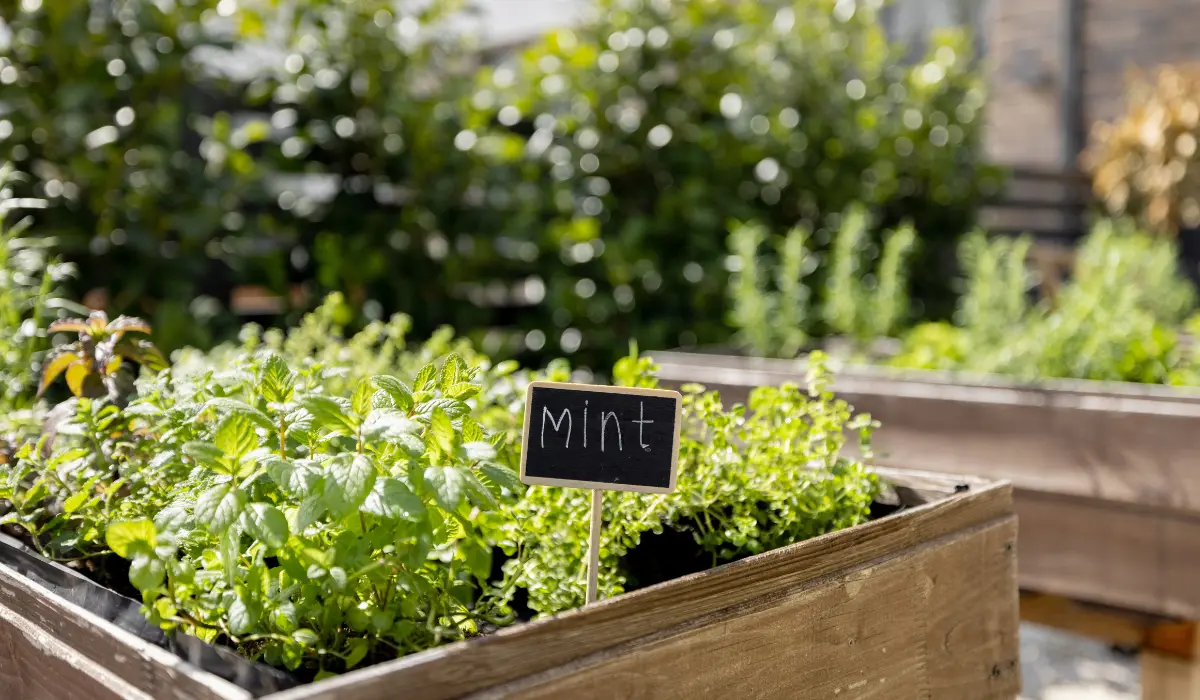
If there’s one thing I’ve learned about herbs, it’s that they actually thrive on being cut. Basil, mint, and parsley are classic examples of plants that come back stronger when you harvest them correctly.
The trick is to trim stems just above a node (where new leaves are forming). By doing this, the plant naturally splits and produces more branches, which means more leaves for me to harvest later.
I’ve often kept a single basil plant going strong all summer long simply by harvesting little and often. Mint is even more generous, it spreads vigorously, so I tend to keep mine in pots to prevent it from taking over the garden.
With regular cutting, it bounces back quickly, giving me fresh sprigs for teas, salads, and garnishes throughout the growing season. Parsley behaves similarly; by snipping the outer stems, I keep the center of the plant thriving.
Container gardening works especially well for herbs, and it allows me to move them indoors when the weather turns cold. I’ve had pots of parsley and mint growing on a sunny kitchen windowsill through winter, meaning I can snip fresh leaves year-round. Herbs may be small, but when you grow and harvest them this way, their productivity adds up significantly.
3. Tomatoes

When it comes to tomatoes, variety matters. Determinate varieties grow to a set size and produce one big flush of fruit before calling it quits. Indeterminate varieties, on the other hand, keep growing and setting fruit until frost takes them out.
Once I switched to indeterminate tomatoes, I realized I could be harvesting fresh tomatoes for months instead of just a few weeks.
The key to long harvests is managing the plant’s growth. I prune regularly, removing suckers and lower leaves to improve airflow.
This not only reduces the risk of disease but also channels the plant’s energy into producing more flowers and fruits. With proper staking or trellising, these vines can reach impressive heights, and the harvests just keep rolling in.
I also pay close attention to soil fertility and pest control. Tomatoes are heavy feeders, so I keep them nourished with compost tea or balanced organic fertilizer every few weeks.
By keeping the plants healthy and protected, I’ve managed to stretch my harvest window all the way from early summer into the first frosts of autumn. Few things are as satisfying as plucking a sun-warmed tomato off the vine months after the season began.
4. Peppers
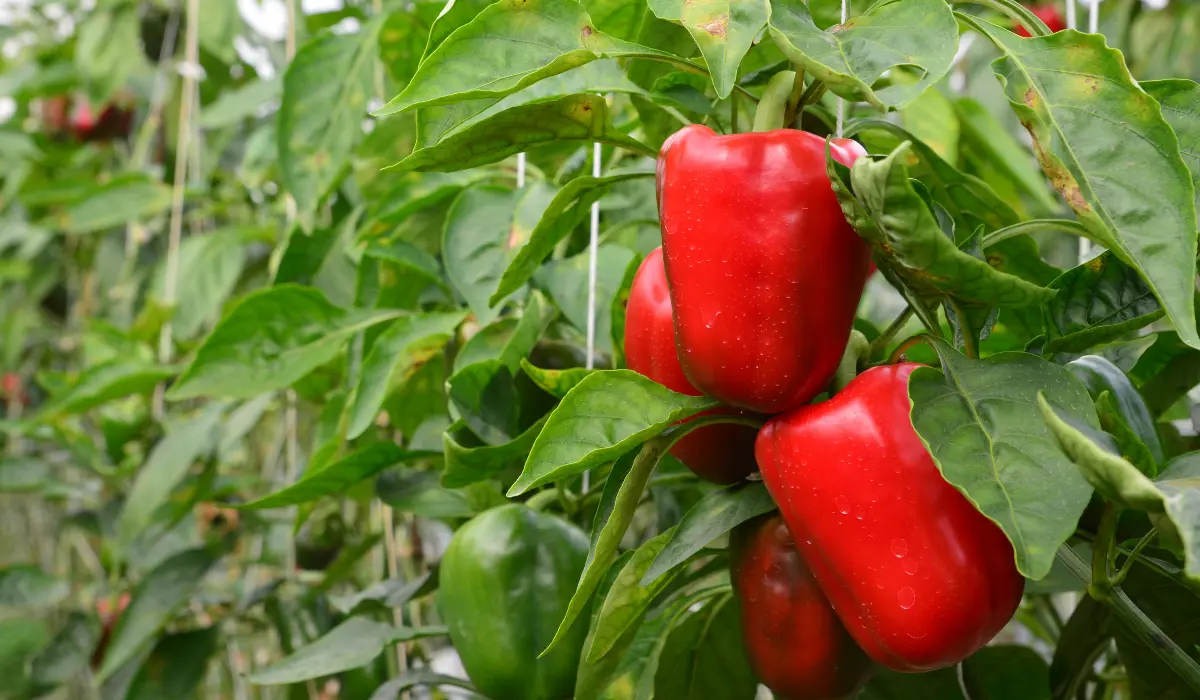
Peppers are another favorite of mine for their extended harvest period. Once they start producing, they don’t just stop after one flush. Instead, they fruit in waves, with new blossoms forming as I harvest the ripe peppers. Both chili and sweet varieties perform this way, and with the right conditions, I can pick peppers for months on end.
Warmth is essential for peppers, and they like consistency in both temperature and watering. I’ve noticed that if I let the soil dry out too much, the plants drop blossoms, and yields dip.
By keeping them evenly watered and mulching around the base, I maintain steady growth. Feeding with a potassium-rich fertilizer also helps boost flowering and fruiting.
One trick I’ve learned is overwintering pepper plants. By cutting them back and keeping them indoors during the cold months, I can get a head start the following spring.
A plant that’s already established produces much faster than a new seedling, and that means even more harvests throughout the year. Peppers may take patience, but they repay it many times over.
5. Beans
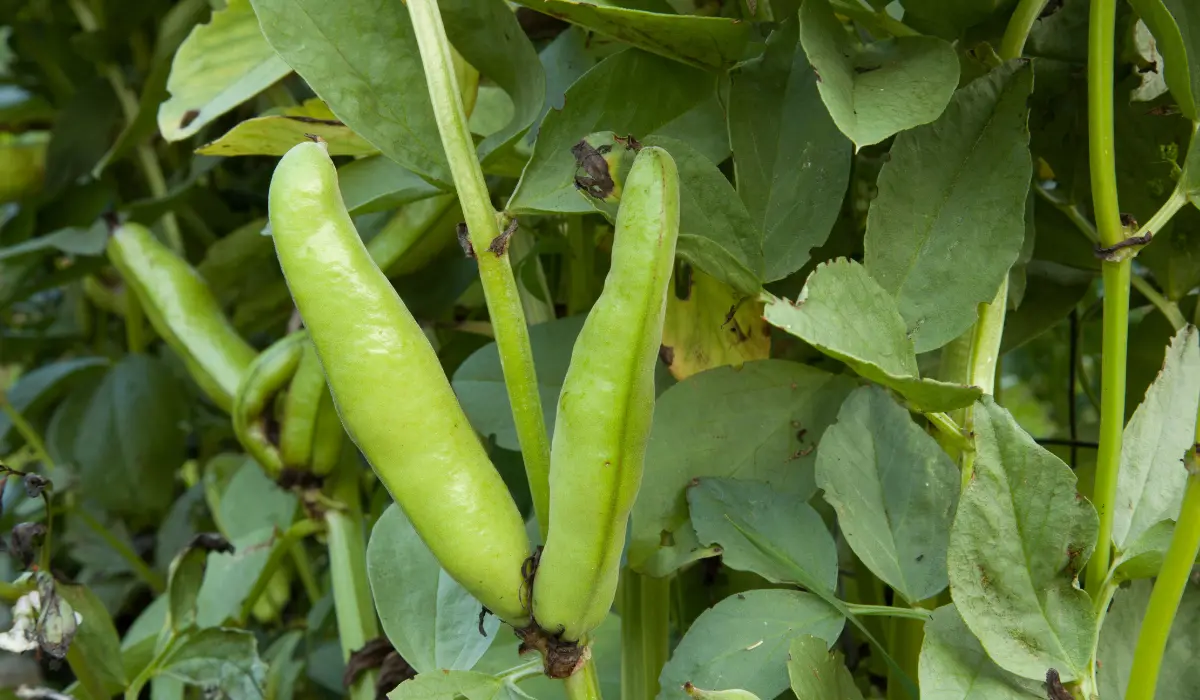
Beans are champions of continual harvests. Whether I grow pole beans on a trellis or bush beans in neat rows, these plants keep flowering and setting pods as long as I keep picking them. The more I harvest, the more they produce, which makes them incredibly efficient space-savers in the garden.
Succession planting is a method I often use with beans. I’ll sow a new batch every few weeks to make sure I always have plants at different stages of growth.
This way, as one planting starts to wind down, another is coming into peak production. Combined with regular harvesting, this strategy ensures a nearly uninterrupted supply of beans throughout the growing season.
Beans also offer the added benefit of enriching the soil. As legumes, they fix nitrogen from the air into the soil, which helps both themselves and any crops I plant afterward.
This natural soil improvement means that I can grow them repeatedly without depleting nutrients, making beans one of the most sustainable crops in my garden.
6. Zucchini and Summer Squash
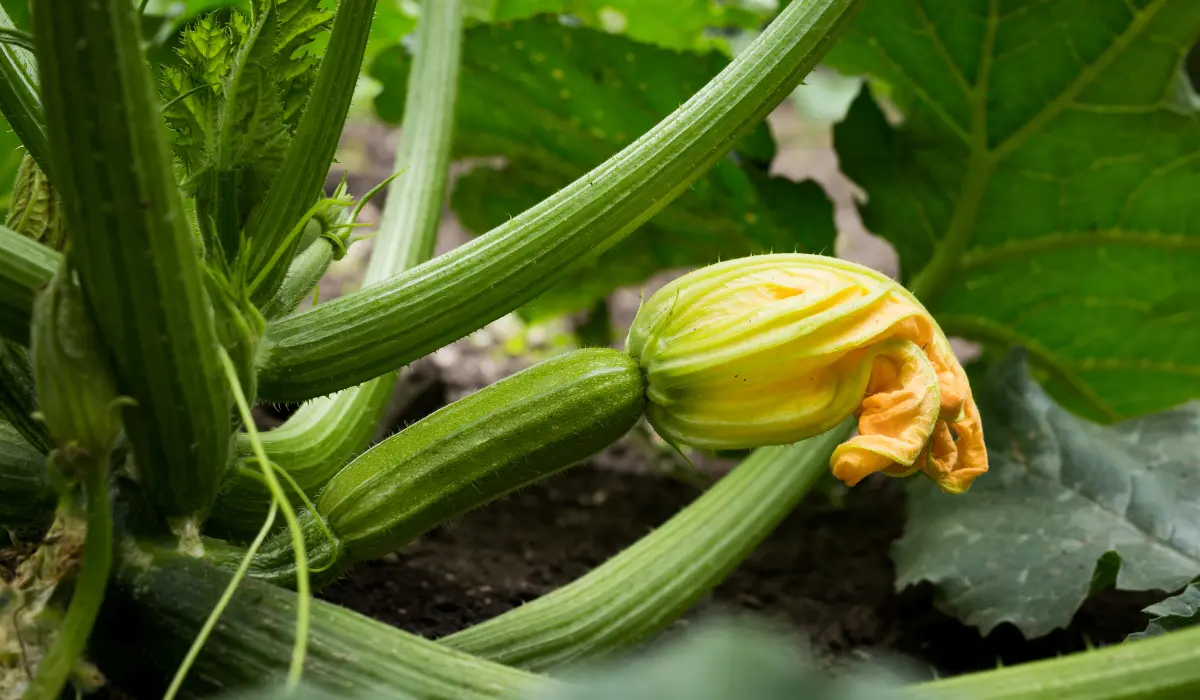
If there’s one crop that embodies abundance, it’s zucchini. These plants are famous for their productivity, and with regular picking, a single plant can provide an astonishing number of fruits.
I make a point of harvesting zucchinis while they’re still small to medium-sized, because not only do they taste better, but the plant also keeps producing new fruit.
Letting zucchinis grow too large signals the plant to slow down. By harvesting consistently, I essentially “trick” the plant into continuing its production cycle.
Summer squash behaves the same way, and between the two, I often end up with more than enough for both fresh eating and preserving.
Managing plant health is crucial for long harvests. Zucchinis are prone to powdery mildew, especially in humid weather. I space plants out for better airflow and water at the base rather than overhead to reduce leaf wetness. These simple steps make a huge difference in extending the harvest window and keeping the plants vigorous.
7. Strawberries

Strawberries are one of those crops that feel like pure reward. With the right varieties, I can harvest berries multiple times a year. Everbearing and day-neutral strawberries produce two or three flushes of fruit, first in spring, again in midsummer, and often once more in the fall. Instead of just one short burst of sweetness, I get several throughout the season.
Mulching is my go-to strategy for strawberries. A layer of straw or shredded leaves around the plants keeps the berries clean, conserves moisture, and reduces weeds.
Between harvests, I feed the plants lightly with compost or organic fertilizer to give them the boost they need to prepare for the next round of fruiting.
I also take advantage of the runners’ strawberries sent out. By letting a few of them root into nearby soil or pots, I’m essentially growing my next generation of plants for free. This not only keeps my patch productive but also ensures that I’ll have berries to harvest year after year.
8. Cucumbers
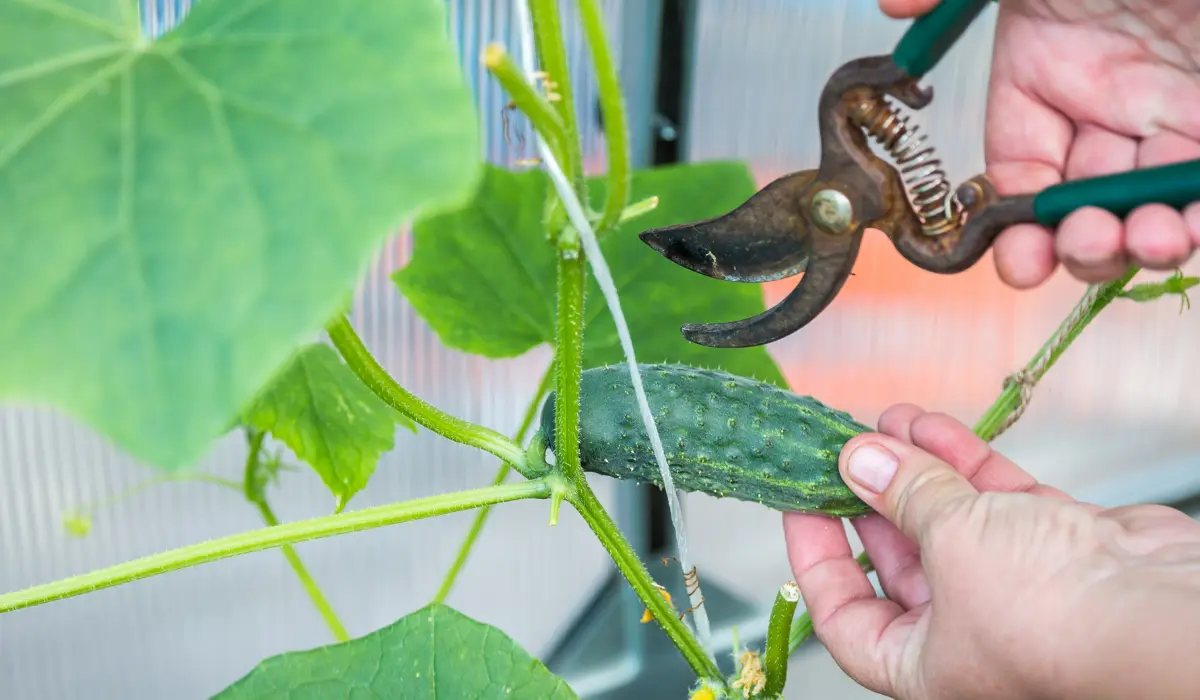
Cucumbers reward frequent picking with even more fruit. If I let them stay on the vine too long, the plant starts slowing down, but by harvesting every couple of days, I keep the production going strong. This steady rhythm of picking and growth can last for weeks, giving me a continual supply of crisp cucumbers.
I prefer to grow cucumbers vertically on trellises. Not only does this save space, but it also improves airflow and makes the fruits easier to spot and harvest. Vertical growing also reduces the risk of rot and disease, which helps extend the productive period of the plants.
Cucumbers are thirsty crops, so consistent watering is key. I combine this with a steady supply of nutrients, especially potassium, to fuel their relentless fruiting.
When managed this way, I’ve had cucumber plants produce abundantly well into late summer, far beyond what I expected when I first started growing them.
9. Carrots and Radishes
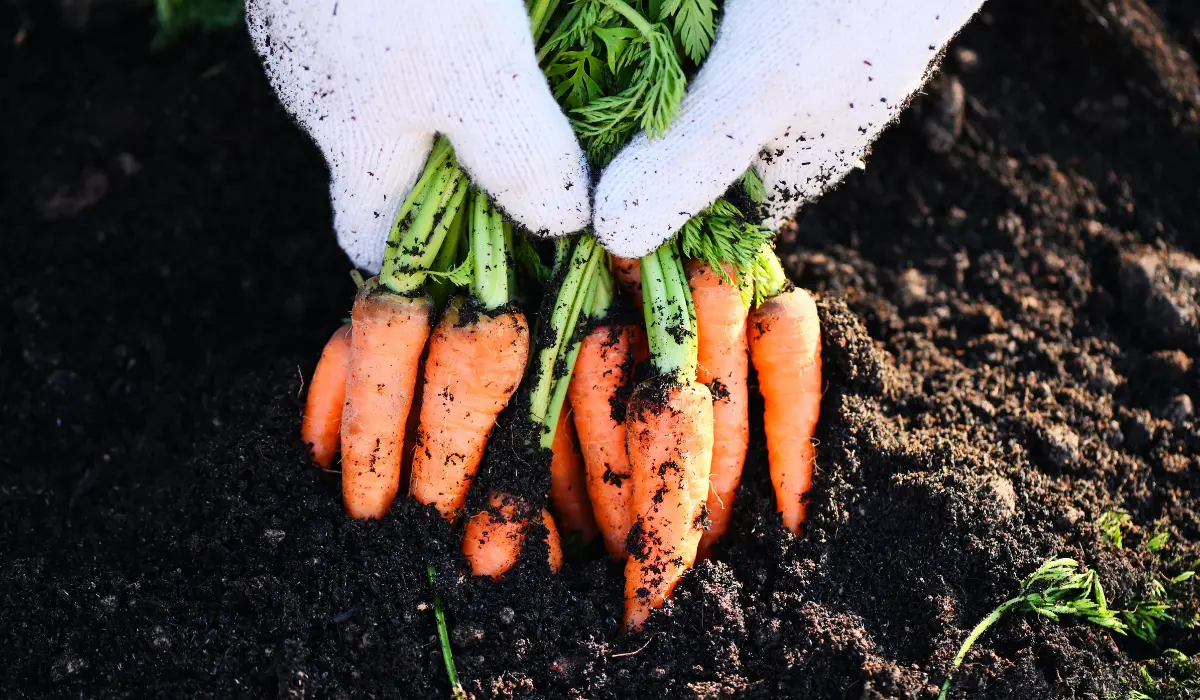
Not all crops give repeat harvests from the same plant, but some make up for it with their speed. Carrots and radishes are prime examples. They mature quickly, radishes in as little as 3–4 weeks, and carrots in a couple of months, so I can plant and harvest multiple rounds in a single year.
Succession sowing is the secret here. By planting small patches every few weeks, I stagger the harvests and avoid the problem of having too much at once. It also means I’m pulling up fresh roots over a long period rather than being forced to store a giant harvest.
Preparing the soil properly ensures consistent results. Carrots in particular need loose, stone-free soil to grow straight and smooth, while radishes prefer rich, moist conditions.
By refreshing the beds with compost between sowings, I maintain soil health and keep the crops productive. These quick-turnaround vegetables are my go-to for filling gaps in the garden and keeping the harvests rolling.
Final Thought
What I love most about these crops is that they change how I think about gardening. Instead of working toward one big harvest, I get to enjoy a steady stream of food that evolves throughout the year. It makes gardening less about waiting and more about participating in an ongoing cycle of growth and abundance.
By focusing on plants that either regenerate after harvest or grow quickly enough for repeat sowings, I’ve built a garden that feels generous and sustainable. It’s a system that rewards attention and care with continual returns, and to me, that’s the real joy of growing food.
FAQs
Yes, especially herbs, leafy greens, and even peppers. With enough light, either natural or from grow lamps, you can extend harvests indoors. Rotate crops, add compost between plantings, and use organic fertilizers. Some crops like beans even enrich the soil while they grow. Leafy greens, herbs, and radishes are the easiest to start with. They grow fast, don’t need much space, and reward you with frequent harvests. Cut-and-come-again crops regrow after partial harvesting (like lettuce or kale), while single-harvest crops are removed entirely after one yield (like cabbage). Can I grow these crops indoors or in containers for year-round harvests?
How do I prevent soil from wearing out if I’m harvesting so often?
Which of these crops are best for beginners?
What’s the difference between “cut-and-come-again” and single-harvest vegetables?

